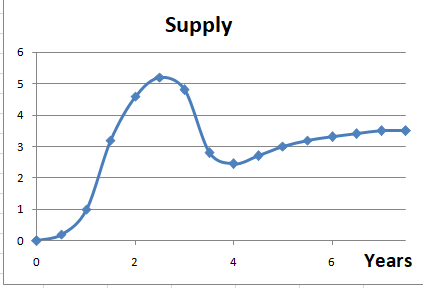I am not very technical and I do not have the knowledge to contribute to the technical discussion regarding issuance.
However, aside from the fantastic 1hive community and the ease/convenience/inexpensiveness of Honeyswap, the primary attraction of HNY to me is the low token supply. I and many others will likely be very turned off if the issuance rate is increased or if there is not a definitive cap set for the overall supply of HNY that will ever exist.
My proposal is to put a hard cap of 30,000 HNY that can ever be created. This means that if you want to start issuing rewards for content, contributions, participation, etc., then you will not be issuing whole HNY (eg, 1, 2, 5, etc.) but fractions (eg, 0.05, 0.1, etc.).
HNY is divisible to millionths of a decimal just like Bitcoin is. Keeping a low token supply will inherently increase the value of HNY and attract new investors and contributors. Increasing the token supply will be hugely aversive to me and other likeminded investors who are much more attracted to projects with low token supply that don’t have the ability to magically create new tokens and dump them on investors.
If I wanted to invest in an asset that is susceptible to inflation overtime, I would have just kept my money in USD. If anything, make HNY deflationary.
tl;dr - my proposal is to end any further discussion of increasing token issuance, hard cap the total supply of HNY at 30,000, and definitively state that there will never be more than 30,000 HNY.
 ).
).

